
Creating a Great Lawn: Your Guide to Soil Testing on Large Properties
By: Liane Carter | May 03, 2024
Soil testing will tell you what your lawn needs, saving you both time and money by helping you choose the right fertilizer. The results of your soil test will let you know any imbalances that could stunt your lawn's potential, including the:
- Essential nutrients in your lawn.
- Soil's pH levels.
For homeowners with acreages, soil testing is worth the amount of your time it takes to make sure your lawn stays healthy. Spring is the best time to test your soil. That’s because you haven’t added anything to your lawn and it's not in the peak demands of growing season yet.
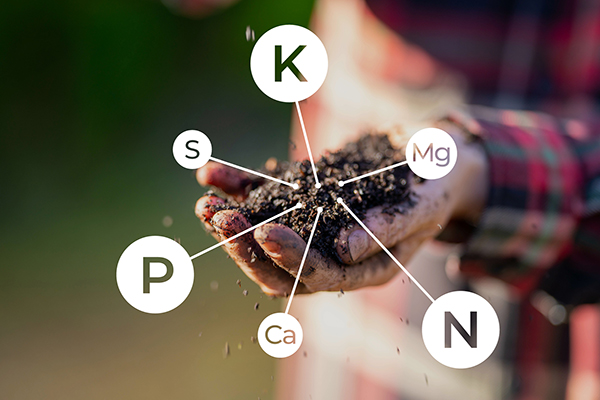
What nutrients make up your soil? | Credit: Emma Colin
What is Your Soil Made Of?
To maximize your soil’s potential, you need to know the breakdown of three key nutrients:
- Phosphorus
- Nitrogen
- Potassium
These nutrients determine how grass will grow in your soil. But they do not stand alone. Secondary minerals work together to shape soil health, these include:
- Calcium
- Magnesium
- Sulfur
- Trace elements including iron, copper, zinc, boron, manganese, and molybdenum
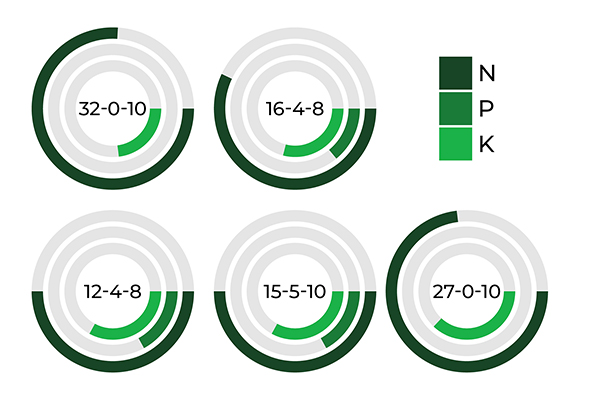
What nutrients are common in fertilizers? | Credit: Emma Colin
Feeding Your Lawn Personalized Nutrients
Different lawns need different things to grow healthy and strong. The soil test results will tell you exactly what your lawn needs:
- Nitrogen for healthy green growth
- Phosphorus for strong roots
- Potassium to fight off disease
Head to your local garden center and ask for a fertilizer that matches what your test says your lawn is missing. For example, if your test says your lawn is low on nitrogen, use a fertilizer with more nitrogen.
You can also slowly add compost to your lawn to keep it healthy over time.
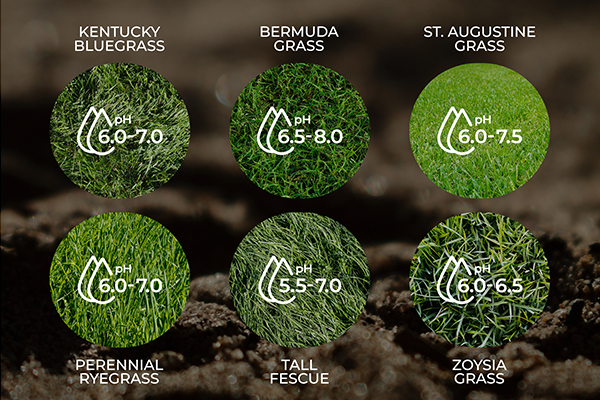
What is the best soil pH for your grass? | Credit: Emma Colin
Testing the Soil pH of Your Lawn: Why pH Matters
Every plant thrives in specific conditions. The pH of your lawn shows how acidic or basic your soil is. Testing your soil’s acidity will help you create the best environment for your lawn to thrive. The pH of popular grasses:
- Kentucky Bluegrass wants a slightly acidic to neutral environment, with its ideal pH ranging from 6.0 to 7.0.
- Bermuda grass prefers slightly acidic soil, between 6.5 to 8.
- St. Augustine grass wants a pH of 6.0 to 7.5.
- Tall fescue wants between 5.5 and 7.0.
- Perennial Ryegrass prefers 6.0 to 7.0.
- Zoysia grass prefers soil around 6.0 to 6.5.
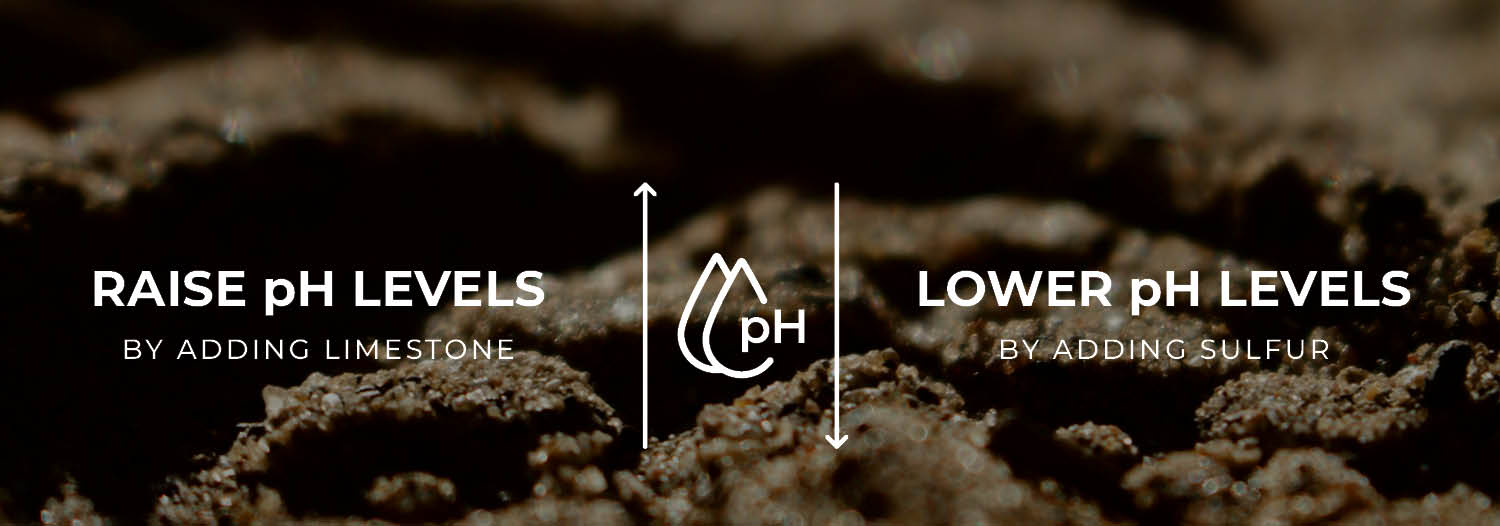
How to change the pH of your soil | Credit: Emma Colin
Restoring the pH Balance
A soil test reveals if your pH is right for what your grass and plants need to grow. If it’s not in the ideal range, the test will help you figure out what you need to change. One simple way you can change the pH of your soil is to:
- Add limestone to raise the soil pH levels, making your soil more basic.
- Add sulfur to lower the soil pH levels, making your soil more acidic.

How to sample your soil | Credit: Emma Colin
How to Test Your Soil?
Take soil samples from different parts of your lawn or garden to get an accurate representation of the soil's health. Keeping samples separate can help you drill down and resolve issues in different parts of your acreage. To understand the conditions of your lawn, begin by dividing your land into sections based on purposes and conditions:
Is it a shaded area or does it get full sun?
Is this section for gardening or grass?
Are there trees or other plants nearby or is it in the open?
Use a garden trowel or shovel to collect soil samples in different sections at: 0-4 inches deep, 4-8 inches deep, and 8-12 inches deep.
Put your soil samples from the same section and depth in a clean bucket.
Mix it up and remove any debris like rocks or roots.
Allow the soil to air dry for a day or two.
Break up any clumps.
Take about one cup of the sample and put it into a soil testing bag or container. You can get these at most garden stores.
Label the sample bag or container with the location and depth of that sample.
Repeat this process for each area you want to test.
Get your soil tested. How:
Send your samples to a soil testing lab to get them analyzed.
Try your local agriculture department or agricultural extension of a nearby school.
Look online for other local options.
Try an at-home soil test kit.
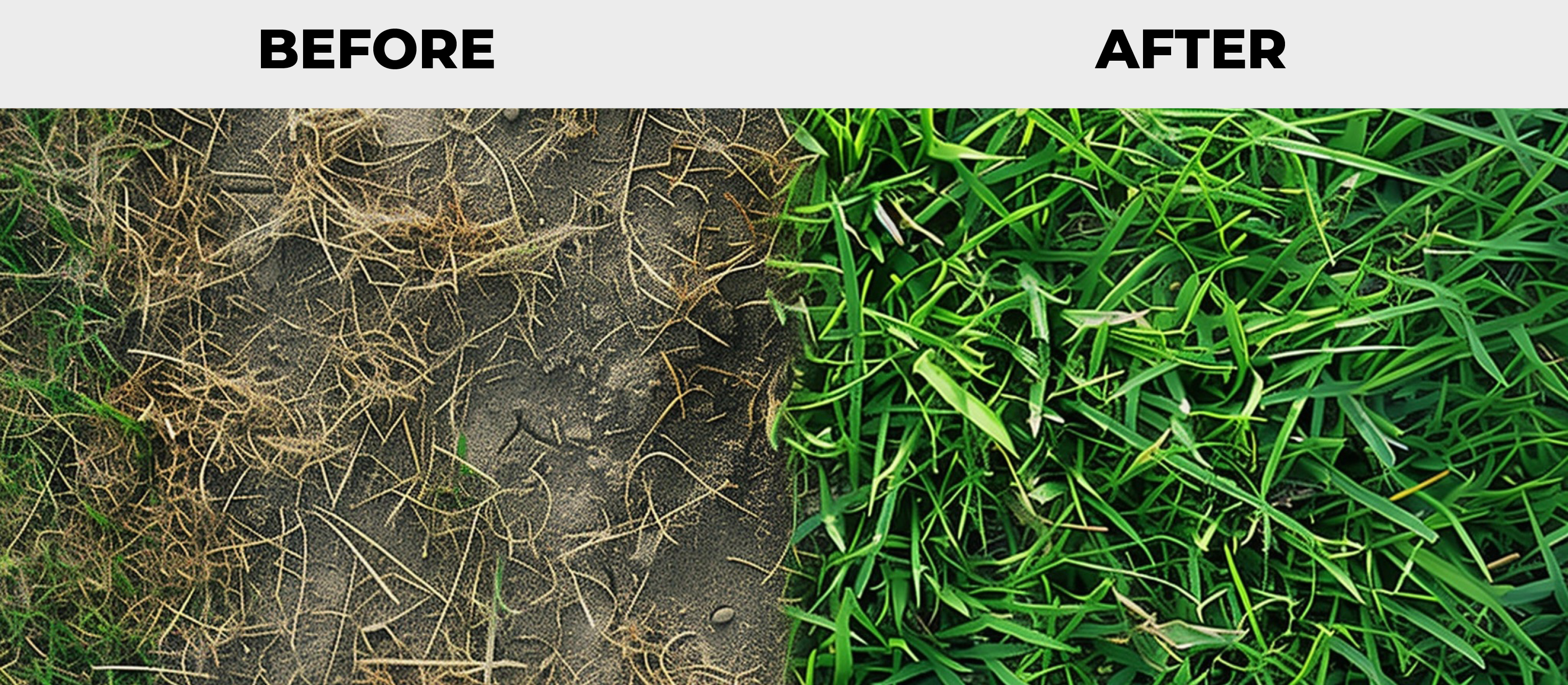
How to sample your soil | Credit: Emma Colin
Use Soil Test Results to Improve Your Lawn
The results will tell you about the nutrients in your soil, its pH, and what you might need to add to it. Use your results to maintain or improve your soil. Whether it's mixing in organic matter, fine-tuning your fertilizer, or picking plants that work better with your conditions.
You can test your soil in the fall if you want to see how your lawn responded to your care after the growing season. But you can go a couple of years before sampling again if you are satisfied with the results.
Your Hard Work Makes Your Lawn Great
Ultimately, soil testing isn't just about understanding what’s in your soil, it’s a smart investment in the health of your lawn. Making sure you have the right balance of nutrients and pH keeps your soil healthy. This is an important step in maintaining your acreage today and for years to come.
To keep your large property's lawn thriving, begin with soil testing and follow up with a great cut. Choose a zero-turn mower that delivers top-quality results and is built strong to handle your tough tasks.
Key Takeaways
Testing tells you the pH level and nutrient content of your soil.
Soil is made of several key nutrients that are responsible for how your grass grows.
Different grass types thrive in different soil pH levels.
Collect soil samples from different parts of your yard to better understand what your lawn needs.
Use the results of your soil test to choose fertilizer with the right ratio of nutrients for your soil and grass types.
Test your soil in spring or fall to get the most accurate results.


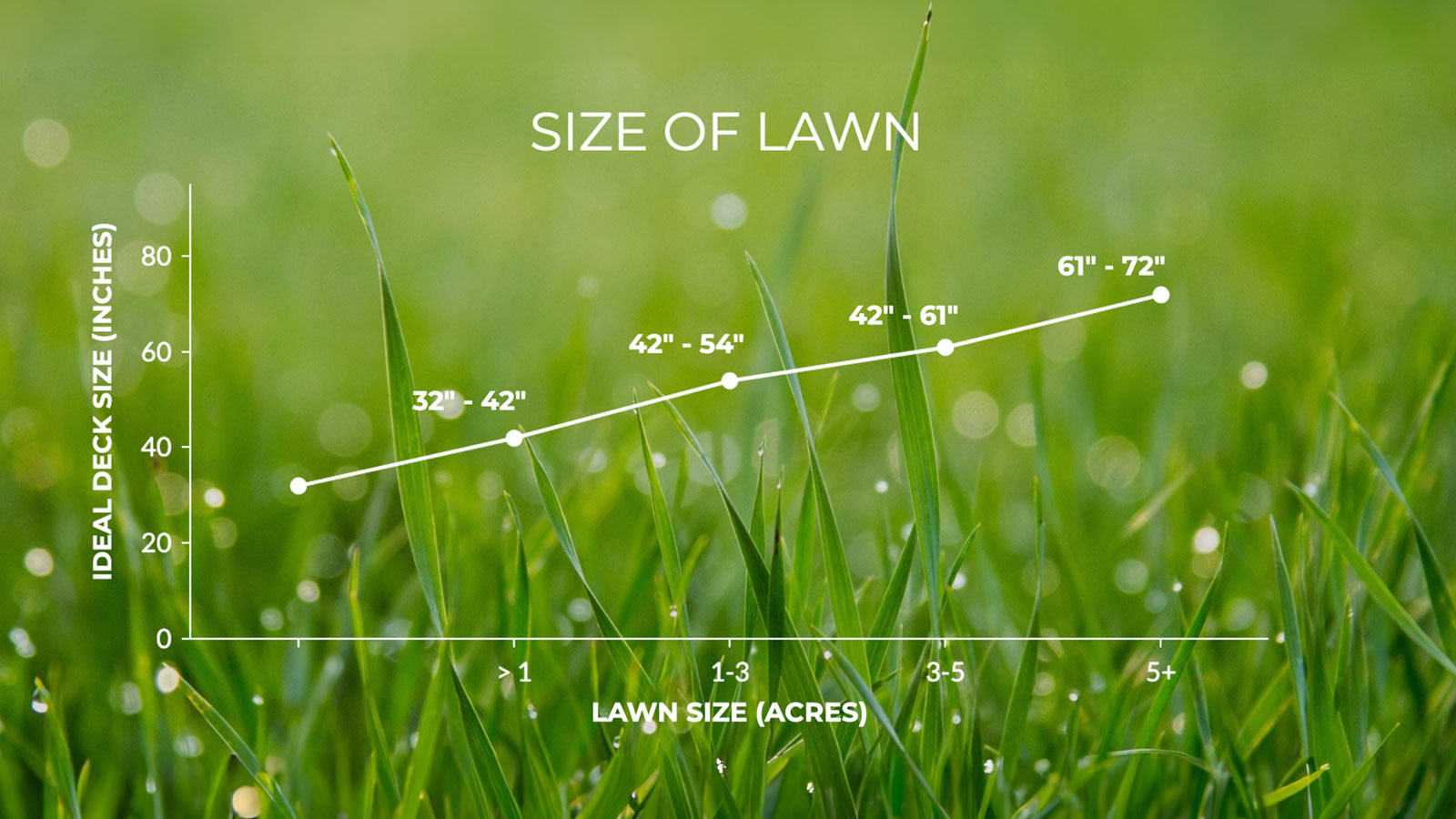
Leave a comment